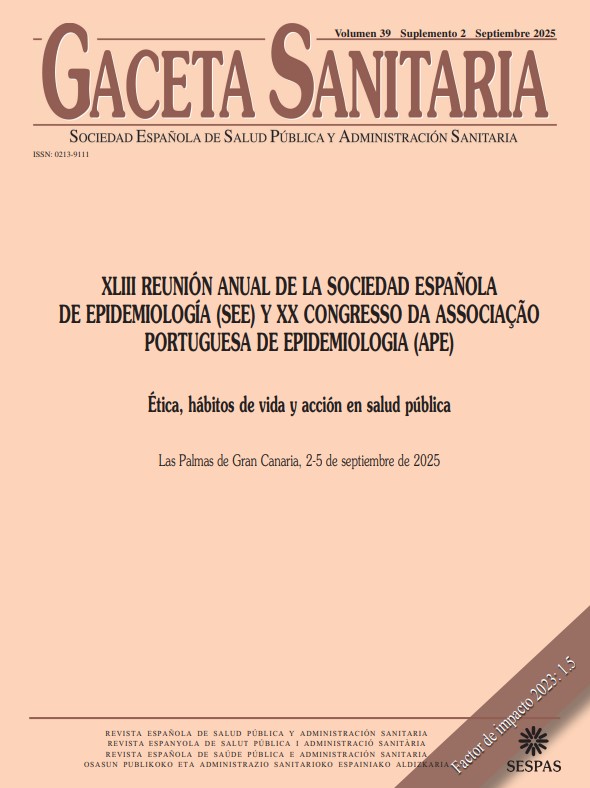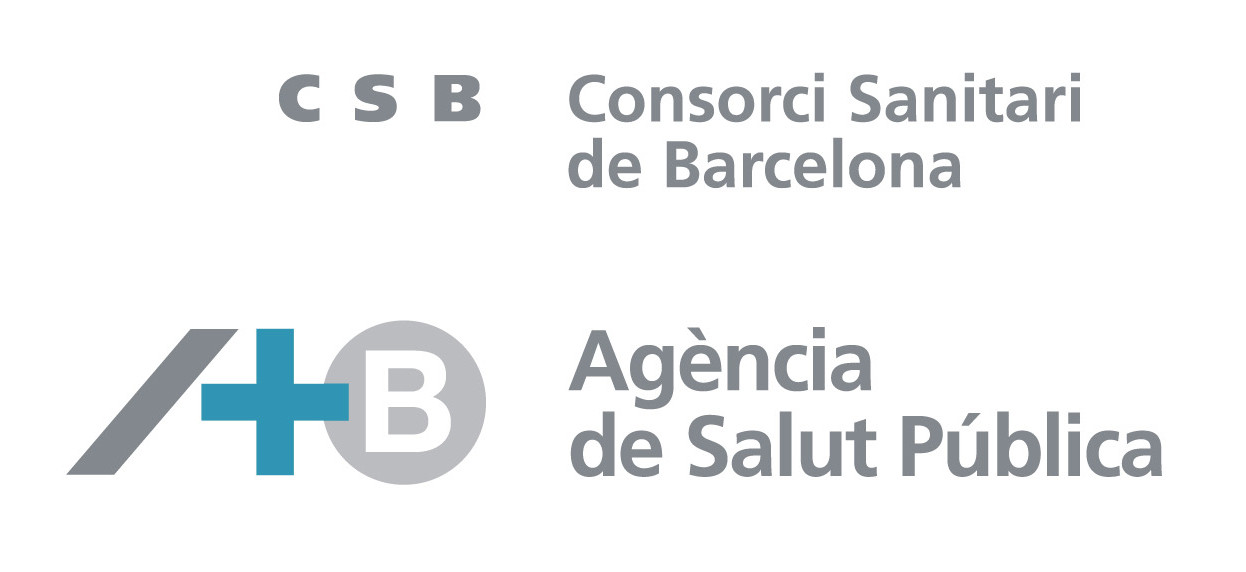124 - PREDICTORS OF RECENT STIS AND HEPATITIS TESTING: FINDINGS FROM THE LISBON COHORT OF MSM (2015-2020)
EPIUnit ITR, Instituto de Saúde Pública da Universidade do Porto; Grupo de Ativistas em Tratamento; Department of Medicine, Georgetown University; Instituto de Ciências Biomédicas Abel Salazar da U. Porto.
Background/Objectives: Sexually transmitted infections (STIs) testing for men who have sex with men (MSM) is recommended annually for those with one partner, and every three to six months for those with multiple partners, with frequency adjusted based on individual risk factors. Routine testing may be one of the most effective strategies to reduce STIs and hepatitis incidence among MSM, as early detection and treatment help prevent onward transmission and reduce the risk of infection complications. This study aimed to assess the lifetime and past 12-month prevalence of STI (non-HIV) and hepatitis testing and identify co-factors among participants of the Lisbon Cohort of MSM.
Methods: We conducted a cross-sectional study using the entry visit of the Lisbon MSM Cohort between 2015 and 2020. Participants were cisgender MSM 18 years old or older, and living without HIV. We calculated the lifetime and past 12-month (recent) prevalence of STI and hepatitis testing. Multivariate logistic regression was used to investigate potential associations between sociodemographic factors, sexual behaviours, sexualised drug use, HIV testing history, STI symptoms, and STI/hepatitis testing during the past 12 months by computing adjusted odds ratios (aOR) with corresponding 95% confidence intervals (CI).
Results: Among the 4,526 MSM participants, 1,419 (31.4%) had been tested during the last 12 months, 870 (19.2%) more than 12 months ago, and 2,237 (49.4%) had never been tested. Participants who had undergone HIV testing during the previous year were more likely to have been tested for STIs or hepatitis (aOR: 29.54; 95%CI: 20.35-42.89). There was also an increased the odds of testing during the past 12 months among participants reporting STI symptoms (aOR: 2.02; 95%CI: 1.70-3.41). Moreover, having three or more regular partners during the past 12 months (aOR: 1.93; 95%CI: 1.12-3.32), having more than six occasional sex partners (aOR: 1.89; 95%CI: 1.04-3.41), and engaging in recent sexualised drug use (aOR: 1.22; 95%CI: 1.04-1.44) were positively associated with being testing.
Conclusions/Recommendations: This study highlights gaps in STI and hepatitis testing among participants, with nearly half of the participants having never been tested. Factors associated with recent testing emphasize the role of individual behaviors in determining testing patterns and suggest that targeted interventions may be necessary to increase testing uptake, particularly among those who have never been tested. Integrating STI and hepatitis screening in services where HIV testing is already provided may be a strategic approach to increase uptake.
Financiación: FCT.















